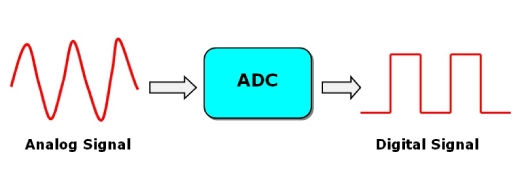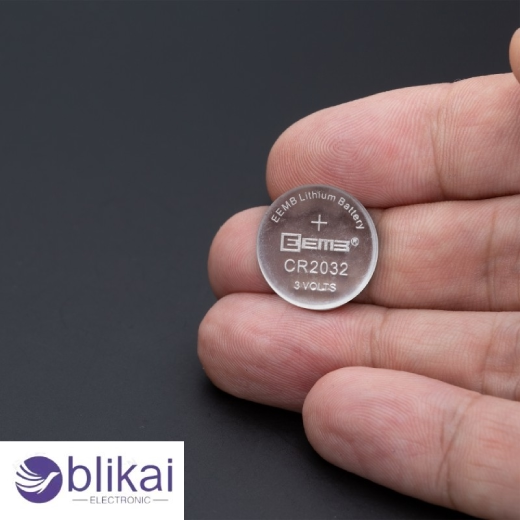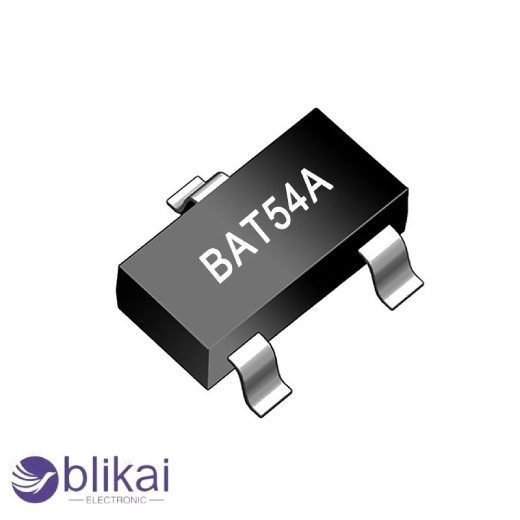
Analog_to_Digital_Converter(ADCs)
What can Analog to Digital Converter (ADCs) do?
1. Translating Reality into Binary: The reality in which we exist is analog. It is ever-changing. These continuous analog signals, like light, sound, and temperature, are converted by an ADC into digital signals that computers can understand, which are made up of discrete binary integers (0 and 1).
2. Sampling: ADCs sample the analog signal at regular intervals. Through this procedure, the value of the analog signal at a specific moment in time is captured. You can display the Original signal more accurately the more times you sample. However, additional processing power is also needed.
3. Quantization: Analog values are converted to digital values after sampling. This entails matching each sample value in a different set to the closest digital value. The resolution of the ADC is determined by the measurement’s accuracy.
4. Resolution: The amount of bits utilized to digitally represent an analog signal is known as resolution. Greater resolution entails the usage of more bits. This displays the original analog signal with more precision and detail.
5. Accuracy and Linearity: ADCs strive to accurately represent the analog signal. Non-linearities or inaccuracies can distort the digital representation of the original signal. Techniques for calibration are frequently employed to lower these inaccuracies.
6. Applications: ADCs are found in many products, including industrial sensors, digital cameras, smartphones, and medical equipment. They make it possible to process signals in the actual environment digitally. It makes several things easier, like recording audio. image manipulation sensors for temperature and more.
7. Speed: Different ADC speeds are available based on the application. Certain applications, like high-speed communications or radar systems, require the real-time collection of signals. On the other hand, a temperature sensor, for example, can work more slowly.
Factors influencing the performance of Analog to Digital Converter(ADCs)
A. Resolution:
An analog-to-digital converter’s (ADC) performance is influenced by a number of characteristics. Resolution stands out prominently among these factors. It determines the ADC’s ability to distinguish between different analog voltage levels, directly impacting the precision of the digital output. Higher resolution ADCs can discern smaller voltage variations, thus offering finer granularity in signal representation.
B. Sampling Rate:
Sampling rate represents another pivotal aspect influencing ADC performance. It dictates how frequently the ADC samples the analog signal to convert it into digital form. A higher sampling rate enables capturing rapid changes in the input signal accurately, essential for applications involving high-frequency signals or dynamic processes.
C. Accuracy and Linearity:
The ADC’s performance is also significantly impacted by its linearity and precision. The degree of consistency between the actual analog input and the ADC output is referred to as accuracy. The digital representation of the analog signal is correct when the ADC is exact and linear, even if linearity is related to the output’s uniformity regarding changes in the input throughout the full operating range. This is crucial for applications that need to convert data with a high degree of accuracy.
D. Input Voltage Range:
Additionally, the input voltage range plays a crucial role in determining ADC performance. The range of analog voltages that the ADC can reliably convert to digital values is determined by it. Wide input voltage range ADCs are flexible and work well with a variety of signal levels. allows for a greater variety of applications without signal distortion or clipping.
E. Noise and Distortion:
Noise and distortion characteristics also significantly impact ADC performance. Unwanted variations in the output signal are caused by noise. As a result, the digital signal conversion’s precision is decreased and the signal-to-noise ratio is often reduced. Analog inputs are represented cleanly and accurately when noise and distortion are minimized. It enhances the converted data quality for a range of uses.
In conclusion, a variety of factors influence the performance of ADCs. To choose the best ADC for a particular application and to maximize system performance in a range of engineering and scientific investigations, it is essential to comprehend these factors.
Looking forward Exciting prospects and possible innovations are ahead for ADC technology. ADCs are anticipated to develop further as the need for more precision, speed, and power economy grows. ADCs with improved resolution and lower power consumption, along with methods like oversampling, may result from advancements in semiconductor fabrication, such as decreasing feature sizes and the creation of novel materials. ADC performance is anticipated to be enhanced in a number of domains by noise modeling and digital calibration.




